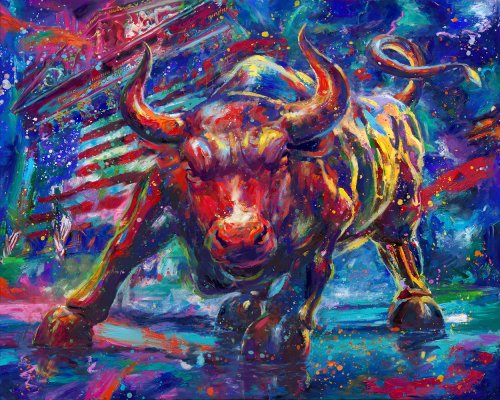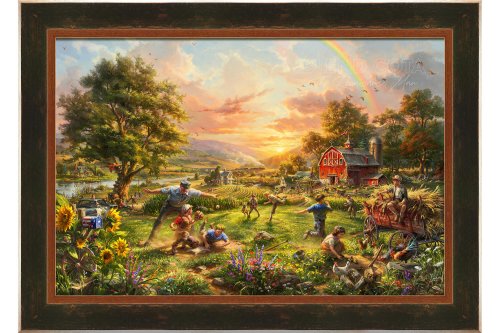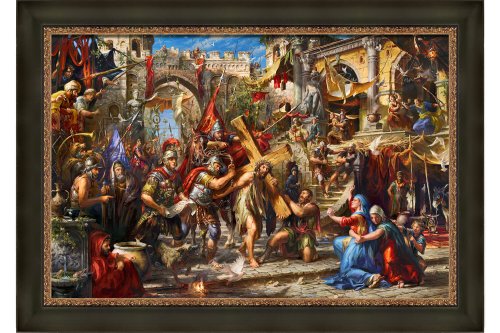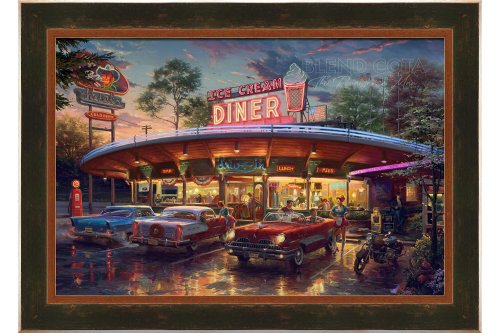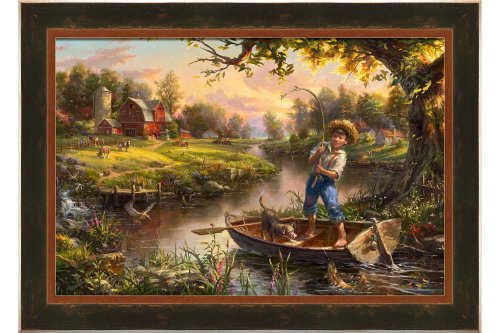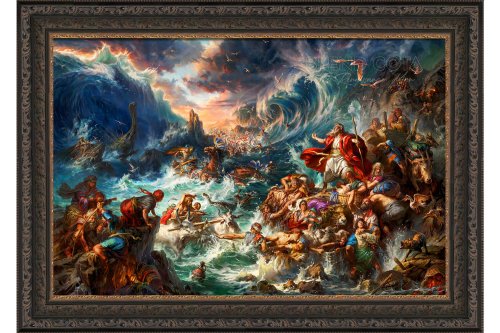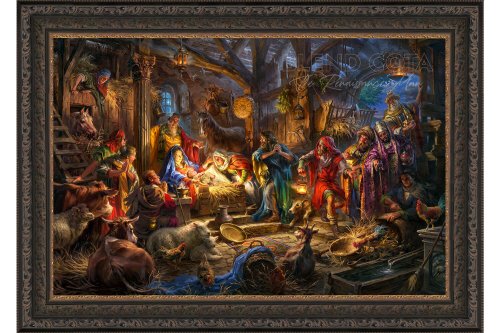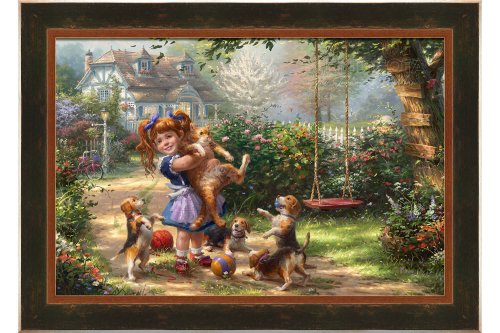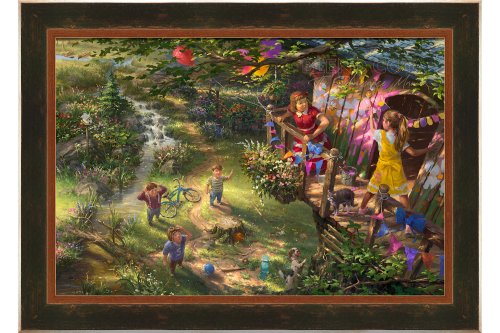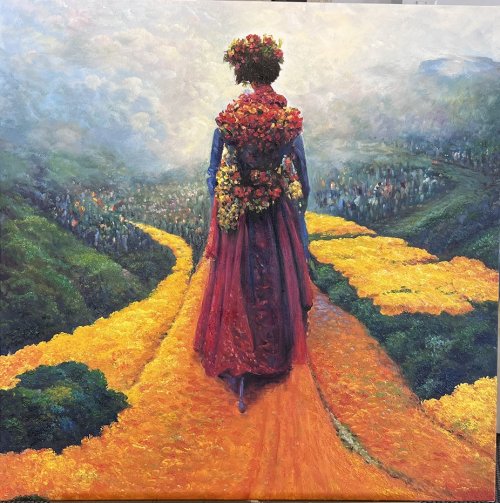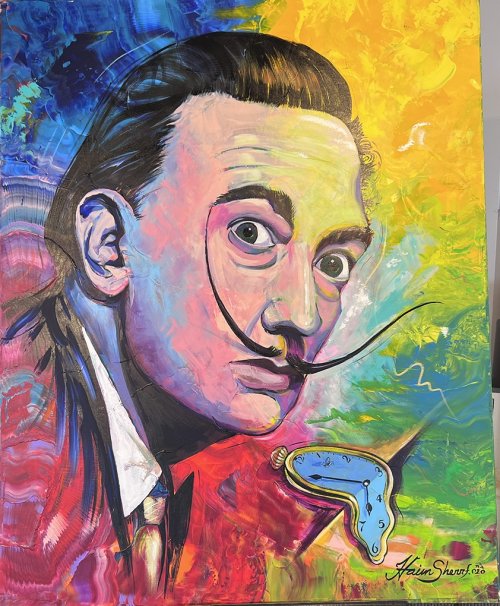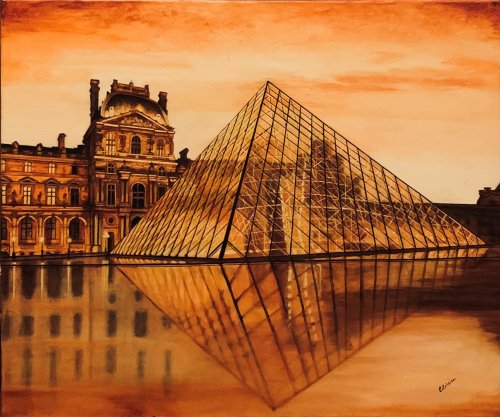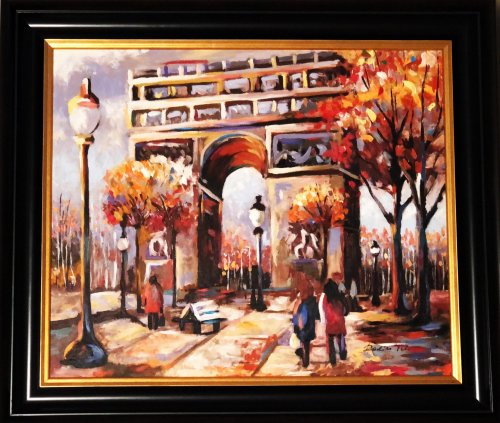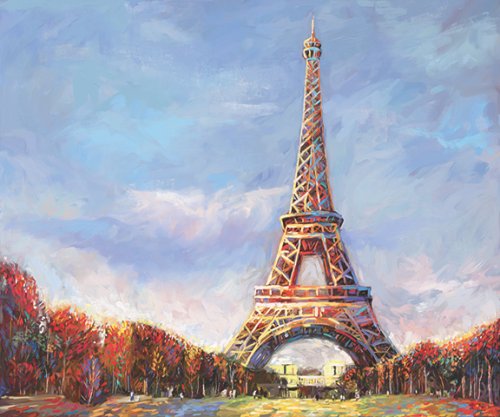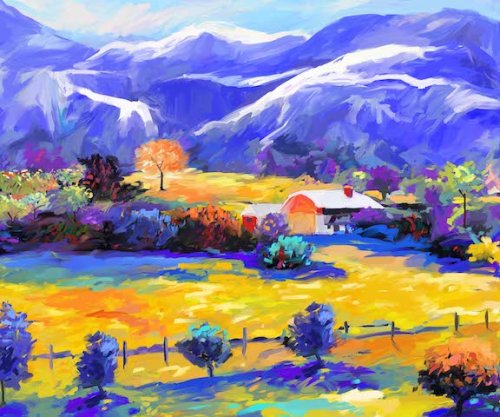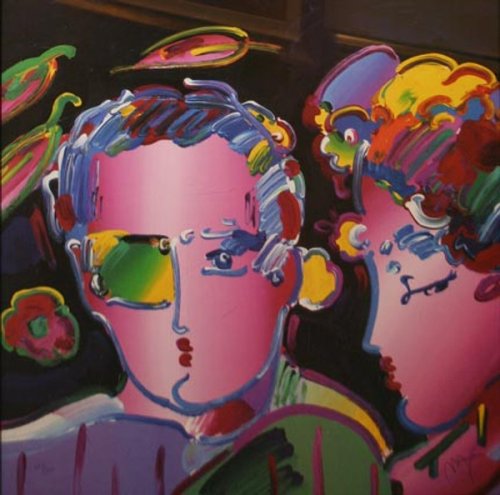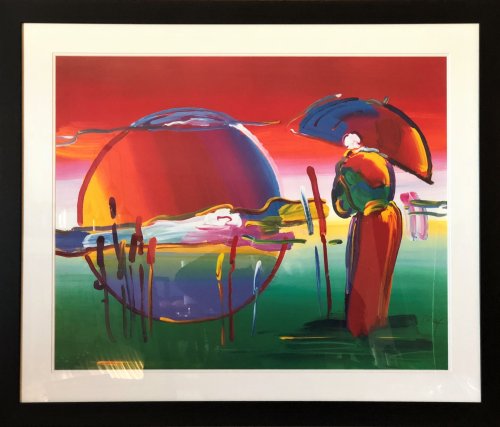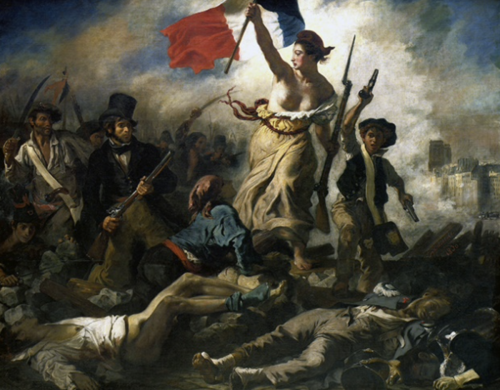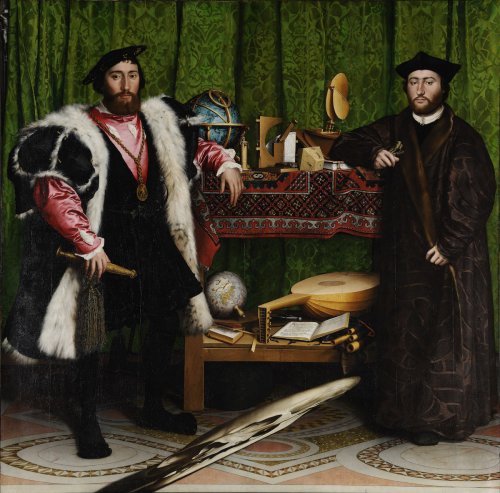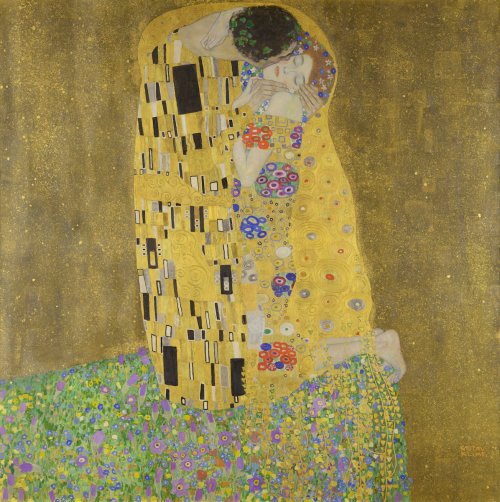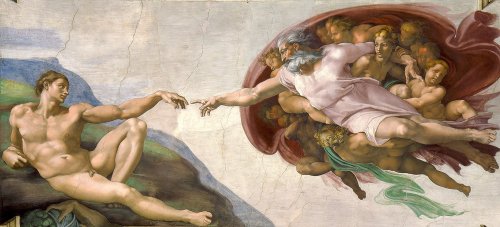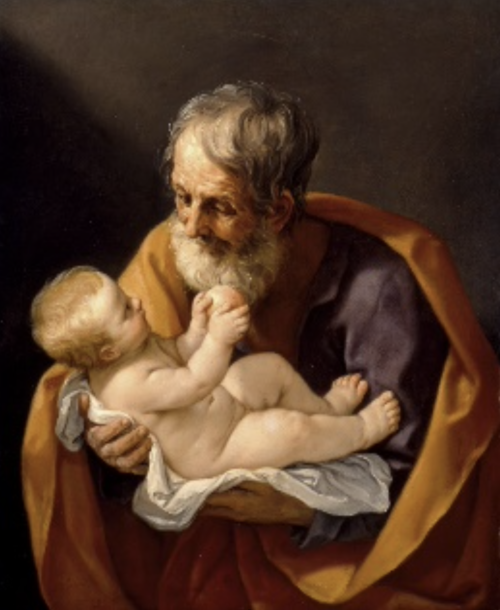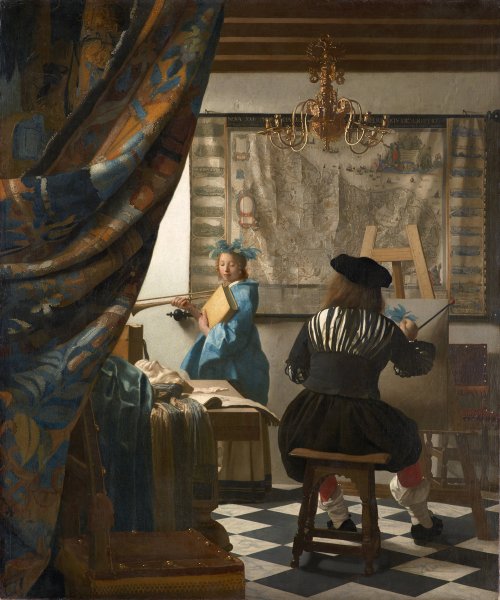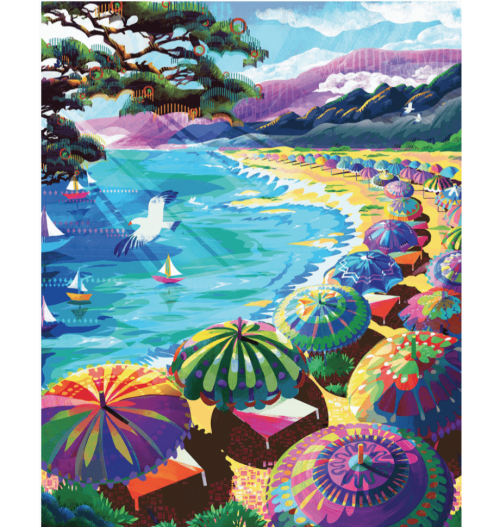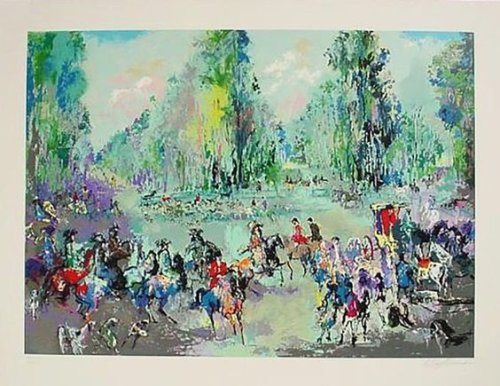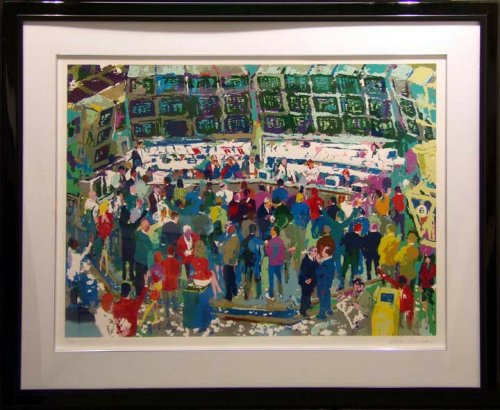-
Blend Cota Hand Signed Oil on Canvas Framed - 24 x 36 Fire Treated Resin Finish
-
Blend Cota Hand Signed
Original Oil on Canvas
Framed - 54 x 81
Fire Treated Resin Finish -
Blend Cota Hand Signed
Oil on Canvas
Framed - 24 x 36
Fire Treated Resin Finish -
Blend Cota Hand Signed
Oil on Canvas
Framed - 24 x 36
Fire Treated Resin Finish -
Blend Cota Hand Signed
Oil on Canvas
Framed - 24 x 36
Fire Treated Resin Finish -
Blend Cota Hand Signed Oil on Canvas Framed - 24 x 36 Fire Treated Resin Finish
-
Blend Cota Hand Signed
Oil on Canvas
Framed - 24 x 36
Fire Treated Resin Finish -
Blend Cota Hand Signed
Oil on Canvas
Framed - 54 x 81
Fire Treated Resin Finish -
Blend Cota Hand Signed
Oil on Canvas
Framed - 54 x 81
Fire Treated Resin Finish
Something amazing is happening in an old stable, something that is bigger than our Universe. -
Blend Cota Hand Signed
Oil on Canvas
Framed - 24x36
Fire Treated Resin Finish -
Blend Cota Hand Signed
Oil on Canvas
Framed - 24x36
Fire Treated Resin Finish -
-
-
-
-
Artist: Redina Tili Medium: Oil on Canvas Size: 20x24 Year: 2021 Series: XLI
-
Artist: Peter Max Medium: Lithograph/Lustro Saxony Paper Size: 22x28 Year: 2008 Series: 258/300
-
Artist: Peter Max Medium: Lithograph / Lustro Saxony Paper Size: 24x24 Year: 2008 Series: 204/300
-
Artist: Peter Max Medium: Lithograph/Lustro Saxony Paper Size: 30x24 Year: 2008 Series: 215/300
-
SaleUmbrella Man in Reeds by Peter Max - 24" x 30" - Limited Edition 247/300 - Lithograph on Lustro Saxony Paper - 2008
-
Liberty Leading the People is a painting by Eugène Delacroix honoring the July Revolution of 1830, which toppled King Charles X of France. A woman of the people with a Phrygian cap personifying the concept of Liberty leads a varied group of people forward over a barricade and the bodies of the fallen. She is holding the flag of the French Revolution – the tricolor, which again became France’s national flag after these events – in one hand and wielding a bayonetted musket with the other. The figure of Liberty is also viewed as an emblem of France and the French Republic, known as Marianne. The artwork is sometimes wrongly thought to depict the French Revolution of 1789. Delacroix depicted Liberty as a symbolic goddess figure and a vigorous woman of the people. The mound of corpses, and wreckage acts as a kind of pedestal from which Liberty strides, barefoot and bare-breasted, out of the canvas and into the viewer’s space.
Delacroix painted his work in the autumn of 1830. In a letter to his brother dated 21 October, he wrote: “My bad mood is vanishing thanks to hard work. I’ve embarked on a modern subject—a barricade. And if I haven’t fought for my country at least, I’ll paint for her.” Liberty Leading the People is exhibited in the Louvre in Paris.
-
The Ambassadors is an oil on canvas painting of 1533 by Hans Holbein the Younger. Also known as Jean de Dinteville and Georges de Selve, it was created in the Tudor period, in the same year Elizabeth I was born. Speculations would suggest that Elizabeth’s mother, Anne Boleyn, then Queen of England, might have commissioned the painting as a gift for ambassador Jean de Dinteville, who is portrayed on the left in the painting. As well as being a double portrait, the artwork contains a still life of several meticulously rendered objects, the meaning of which is the cause of much debate. It incorporates a much-cited example of anamorphisms in painting. This painting displays the influence Early Netherlandish painting had on Holbein.
The most notable and famous of Holbein’s symbols in his work is the distorted skull placed in the bottom center of the composition. The skull, rendered in anamorphic perspective, another invention of the Early Renaissance, is meant to be a visual puzzle as the viewer must approach the painting from high on the right side or low on the left side to see the form as an accurate rendering of a human skull.
The Ambassadors has rested in London’s National Gallery collection since its purchase in 1890.
-
The Kiss (in German Der Kuss) is an oil-on-canvas painting with added gold leaf, silver, and platinum by the Austrian Symbolist painter Gustav Klimt. It was painted between 1907 and 1908, during the height of what scholars call his “Golden Period.” It was exhibited in 1908 under Liebespaar (the lovers), as stated in the exhibition catalog. Love, intimacy, and sexuality are common themes in Gustav Klimt’s works.
The painting depicts a couple embracing each other, their bodies entwined in elaborate, beautiful robes that were decorated in style influenced by the contemporary Art Nouveau style and the organic forms of the earlier Arts and Crafts movement. The painting now hangs in the Österreichische Galerie Belvedere museum in the Belvedere.
-
The Creation of Adam is a fresco painting by Italian artist Michelangelo valued at 300 million dollars, which forms part of the Sistine Chapel’s ceiling, painted c. 1508–1512. It shows the Biblical creation narrative from the Book of Genesis in which God gives life to Adam, the first man. Part of a complex iconographic scheme, and chronologically fourth in a series of panels portraying episodes from Genesis.
Michelangelo’s Creation of Adam is one of the most replicated religious artwork. In 1505, the newly elected Pope Julius II invited Michelangelo back to Rome. He was commissioned to build the Pope’s tomb, which was to include forty statues and be finished in five years. It took him 40 years to complete, and even then, it was still not completed to his satisfaction. During the same time, Michelangelo painted the Sistine chapel in 4 years.
-
The Birth of Venus is an early renaissance oil on canvas painting by the Italian artist Sandro Botticelli, executed during the mid-1480s. It depicts the goddess Venus arriving at the shore after her birth, when she had emerged from the sea fully grown (called Venus Anadyomene and often expressed in art). The painting is in the Uffizi Gallery in Florence, Italy.
As a depiction of a subject from classical mythology on a vast scale, The Birth of Venus was virtually unprecedented in Western art since classical antiquity, as was the size and prominence of a nude female figure in the Birth. It was thought that it was commissioned by the same member of the Medici family.
-
This intimate portrayal of Joseph demonstrates Reni’s skill through his rendering of the foster father of Christ as a simple man tenderly holding his infant son. The fruit held by infant Jesus reminds us of the fall of man in Eden and the fruitfulness of redemption through the advent of Christianity.
He was the most famous Italian painter of his day, revered for the grace and naturalness of his serenely balanced compositions. Even referred to as “the divine Guido.”
Working during the Catholic Counter-Reformation in the seventeenth century, Reni depicted images of saints and holy figures in the humanized and accessible form Catholic leaders required. This intimate portrayal of Joseph demonstrates Reni’s skill through his rendering of the foster father of Christ as a simple man tenderly holding his infant son.
-
The Art of Painting, also known as The Allegory of Painting, or Painter in his Studio, is a 17th-century oil on canvas painting by Dutch painter Johannes Vermeer. Owned by the Austrian Republic and is displayed in the Kunsthistorisches Museum in Vienna.
Many art historians think it is an allegory of painting, hence the alternative title. Its composition and iconography make it the most complex Vermeer work, making it his second-largest work.
This canvas depicts an artist painting a woman dressed in blue posing as a model in his studio. Standing by a window and a large map of the Low Countries hangs on the wall behind. Signed to the right of the girl “I [Oannes] Ver. Meer”, but not dated. Most experts assume he executed it sometime between 1665/1668, but some suggest he could have created it as late as 1670–1675. The painting has only two figures, the painter and his subject, a woman with downcast eyes. Thought to be a self-portrait of the artist, some have suggested the young woman could be his daughter.


